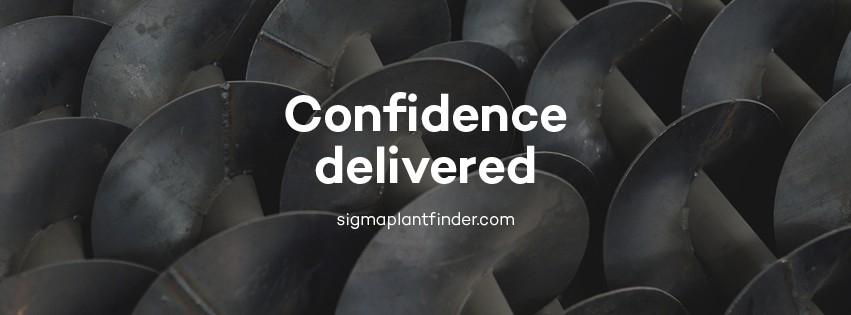
What is a culvert?
Culverts are drainage tunnels that provide a safe way to cross a road where streams run.
In order to determine the right size culvert for your project, you must first consider the various aspects such as how the stream may change throughout the year. In the rainy season you may have a faster, heavier flow and this must be taken into account. During peak flow, soil surrounding the culvert can obtain serious erosion damage if the culvert is too small to cope with the water load.
Precast concrete culverts are most frequently used, providing a strong sustainable passage for water whilst supporting the road above. Below is a photo of a recently installed culvert in Nigeria. During this project open top culverts were also installed to redirect water flow alongside roads.
Blocked culverts can be very difficult and expensive to fix, so in order to avoid this a culvert screen is strongly suggested. Screens stop large matter passing through such as branches but allow the constant flow of the watercourse. This is a very cost effective step to consider when designing your culvert.
Below is an example of a culvert screen.
Bedding, laying and backfilling of precast concrete culverts
Excavation can be kept to a minimum with only minor working space required on each side of the box culvert. When working in trenches the normal requirements for health and safety must always be observed.
A concrete bedding layer is sometimes preferred to protect the formation and allow a faster rate of laying the culverts. A layer of unreinforced concrete approximately 75mm thick on a trench bottom which has been well prepared to provide a uniform support is generally sufficient.
A culvert line is usually laid directly on the bedding starting from the downstream end with the sockets facing upstream, to receive the next culvert. The trench should be backfilled as soon as possible after the culvert has been laid and it should be filled evenly on each side of the trench. Backfilling should continue in 200mm compacted layers to reach the required depth of cover.
Jointing
The culvert sections generally have rebated joints and can be laid open, or sealed using preformed strips and pointing materials. Reference should be made to the jointing material manufacturer’s specification and recommendation for use of the product.
A system using preformed strip within the joint is most commonly used. When the strip is bitumen based the joint faces should be cleaned, primed and allowed to dry.
The strip is then applied to the internal corner of the socket just before the culvert is laid in the trench. Joints are closed to a nominal gap by pulling against previously laid culverts with an applied load of approximately one tonne per metre of strip plus about half of the weight of the culvert unit to overcome base friction, less if the unit is suspended from the crane whilst jointing.
Heat may be required to soften the strip when working at low temperatures. When the box culvert is of sufficient size for access, it can be pointed internally with an elastomeric or bitumen based material using a suitable primer. Not all methods of jointing, however, should be expected to be completely watertight
How do I measure what size culvert I need?
It is extremely important to make sure you choose the correct size culvert. As mentioned above, this will avoid soil erosion and the need to rebuild the culvert in the future.
- Find the highest water mark on each side of the bank and mark them with a stake. Tie string between them and measure it. This is known as the High Water Stream Width (HWSW).
- Find the lowest water mark on each bank, add stakes and measure again. This is known as the Low Water Stream Width (LWSW)
- Finally you need to measure the depth of the stream at high water. This is the difference between the stream bottom and the high water line.
With all of your measurements, use the below equation to determine what size culvert you require.
In order to avoid erosion, our AMAZING product Geogrid is a cost effective and long lasting. It strengthens and supports the surrounding embankments.
Machines required for installing culverts are:
Excavators, cranes, cement mixers and wheel loaders.
